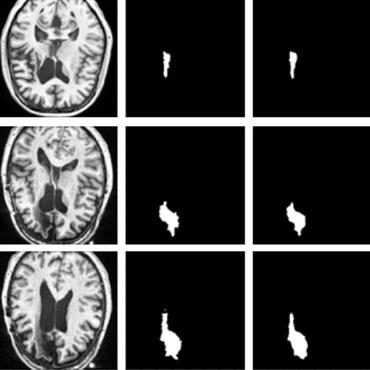Matthews Correlation Coefficient Loss for Deep Convolutional Networks: Application to Skin Lesion Segmentation
The segmentation of skin lesions is a crucial task in clinical decision support systems for the computer aided diagnosis of skin lesions. Although deep learning-based approaches have improved segmentation performance, these models are often susceptible to class imbalance in the data, particularly, the fraction of the image occupied by the background healthy skin. Despite variations of the popular Dice loss function being proposed to tackle the class imbalance problem, the Dice loss formulation does not penalize misclassifications of the background pixels. We propose a novel metric-based loss function using the Matthews correlation coefficient, a metric that has been shown to be efficient in scenarios with skewed class distributions, and use it to optimize deep segmentation models. Evaluations on three skin lesion image datasets: the ISBI ISIC 2017 Skin Lesion Segmentation Challenge dataset, the DermoFit Image Library, and the PH2 dataset, show that models trained using the proposed loss function outperform those trained using Dice loss by 11.25%, 4.87%, and 0.76% respectively in the mean Jaccard index. The code is available at https://github.com/kakumarabhishek/MCC-Loss.
PDF Abstract


